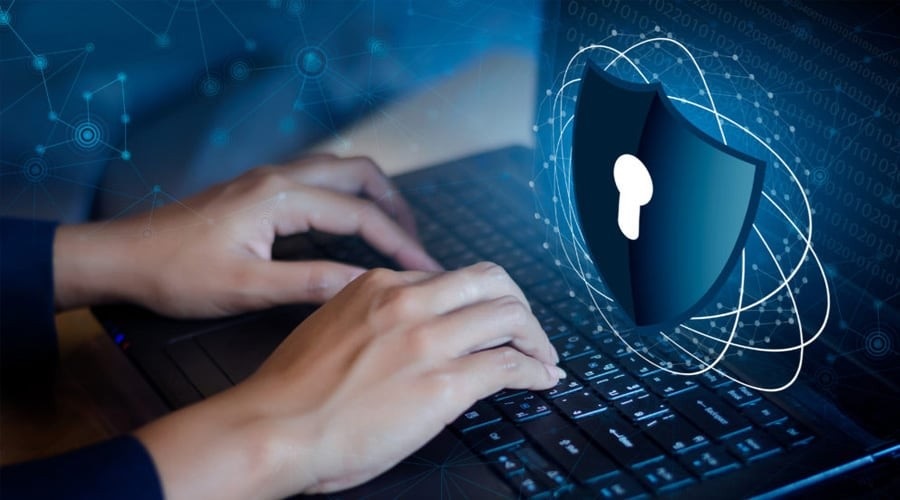In today’s interconnected world, our reliance on digital technologies has grown exponentially. However, this dependence comes with inherent risks. Cybersecurity refers to the practices and measures employed to protect computer systems, networks, and data from unauthorized access, use, disclosure, disruption, modification, or destruction. This article explores the growing importance of cybersecurity, the different types of cyber threats, and essential practices to safeguard your digital assets.
Beyond Physical Security: Why Cybersecurity Matters
Cybersecurity is no longer an afterthought – it’s a critical aspect of protecting our personal and professional lives. Here’s why:
- Pervasiveness of Cybercrime: Cyberattacks are becoming more sophisticated and frequent. Businesses and individuals alike are potential targets for data breaches, malware infections, and financial fraud.
- Evolving Threats: Cybercriminals constantly develop new techniques to exploit vulnerabilities in systems and software. Staying vigilant and adapting your cybersecurity practices is essential.
- Data as a Currency: Personal data is a valuable commodity in the digital age. Cybersecurity safeguards sensitive information like financial records, medical data, and personal details.
- Disruptions and Downtime: Cyberattacks can disrupt critical operations, leading to financial losses and reputational damage for businesses. Individuals can experience data loss, identity theft, and emotional distress.
- Protecting Privacy: Cybersecurity helps us maintain control over our digital privacy and safeguard sensitive information from unauthorized access.
Beyond Basic Passwords: Types of Cyber Threats
Cybercriminals employ various tactics to gain access to systems and data. Here are some common cyber threats to be aware of:
- Malware: Malicious software like viruses, worms, and ransomware can infiltrate systems, steal data, disrupt operations, and demand ransom payments.
- Phishing Attacks: Deceptive emails or messages attempt to trick users into revealing sensitive information like login credentials or credit card details.
- Social Engineering: Cybercriminals manipulate users through psychological tactics to gain access to information or systems.
- Denial-of-Service (DoS) Attacks: These attacks overwhelm a system with traffic, making it inaccessible to legitimate users.
- Zero-Day Attacks: These exploit previously unknown vulnerabilities in software, requiring prompt patching to prevent breaches.
Beyond Antivirus Software: Essential Cybersecurity Practices
Here are some key steps to strengthen your cybersecurity posture:
- Strong Passwords & Multi-Factor Authentication (MFA): Use complex passwords and enable MFA whenever possible to add an extra layer of security during logins.
- Software Updates: Regularly update operating systems, applications, and firmware to patch vulnerabilities exploited by cybercriminals.
- Data Backups: Implement a reliable backup system to safeguard your data in case of cyberattacks or hardware failures.
- Beware of Phishing: Be cautious of suspicious emails or messages. Don’t click on unknown links or attachments, and verify senders before responding.
- Secure Wi-Fi Connections: Avoid using public Wi-Fi networks for sensitive transactions. Use a Virtual Private Network (VPN) for added security on public networks.
- Cybersecurity Awareness Training: Educate yourself and your employees about cyber threats and best practices to stay vigilant. Consider offering a CPCT training program to equip your workforce with the knowledge and skills to navigate the evolving cybersecurity landscape.
Conclusion
Cybersecurity is an ongoing process, not a one-time fix. By understanding the growing importance of cybersecurity, the different threats you may face, and implementing essential security practices, you can significantly reduce your risk of falling victim to cyberattacks. Remember, vigilance and a proactive approach are key to protecting your digital assets and maintaining a secure online presence.







